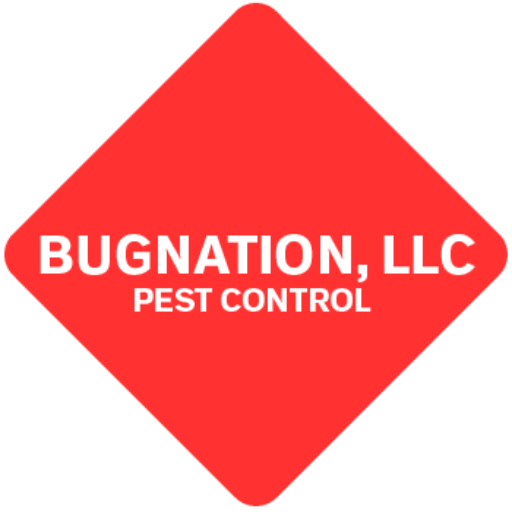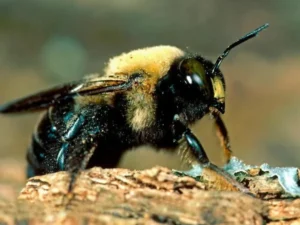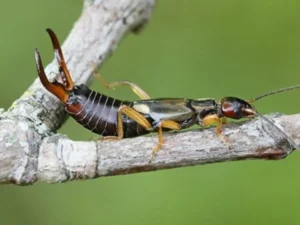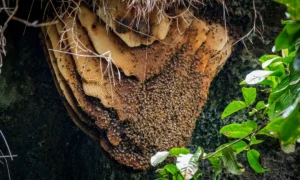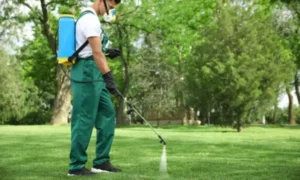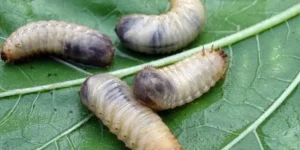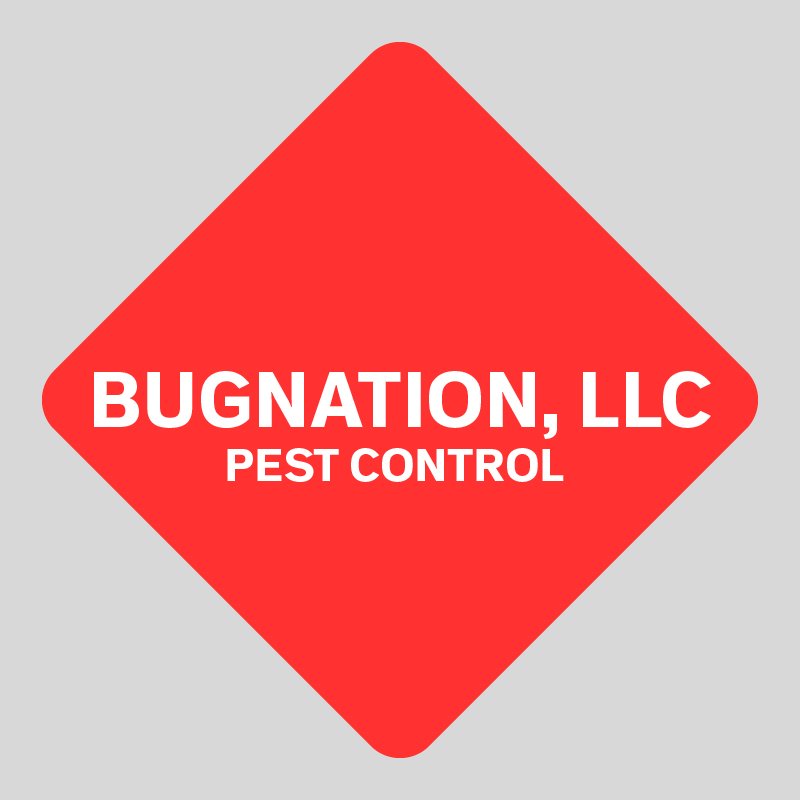While bees are vital to the environment, they can create problems if they establish a hive near your home. Knowing How to Get Bees Out of Your House can make the process far less daunting for homeowners, especially when you understand the right steps to take.
In this guide, we’re dissecting the safest, most effective ways to eliminate bees from your home, without posing a threat to yourself, your family, or the bees.
7 Proven Methods to Safely Remove Bees from Your Home
Step 1: Identify the Bee Type — Critical First Step
Before getting to removal, it’s important to note the type of bee. Not all bee infestations are created equal, as various species have different habits.
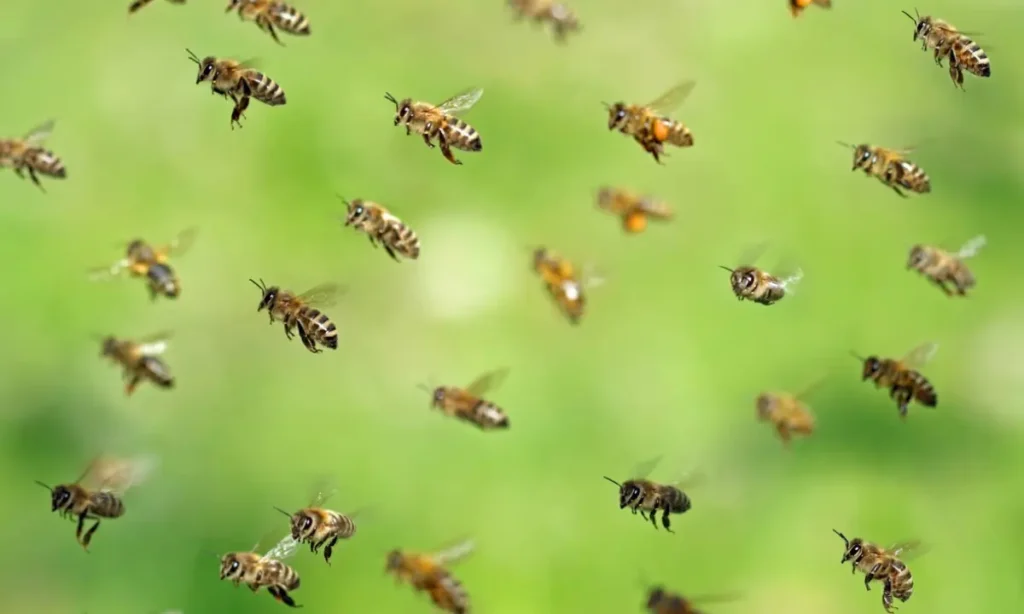
- Honey Bees: These generally are not an issue and are important for pollination. Honey bee? You want to get rid of them gently.
- Carpenter Bees: These are wood-boring bees. Though they can destroy your home, they’re not usually aggressive.
- Bumblebees:These are your gentle giants, and they usually nest underground. And bumblebees can be extracted safely without injury.
Knowing the type will help to guide you in selecting a method of removal. If you’re not sure, you can ask a local beekeeper or entomologist for help.
Step 2: Use Smoke or Incense to Calm the Bees — Prevent Aggression
Once you have located the bees, set up your equipment – protective gear, smoker/incense, containers – and proceed to smoke the bees.Smoke: Bees are less agressive in their behavior when they detect smoke since smoke contains chemicals that stop bees from disseminating a pheromone which is interpreted
- that there is danger. A smoker — a traditional tool of the beekeeping trade — will be useful if you have one, but even a bit of incense will help calm them. Just be sure to smoke them lightly and not to get them all worked up.
- Why This Works:Smoke mimics the signal of a forest fire, and honeybees shift into protection mode, busily tending to hive and queen, in order to save it. Which makes it a lot less risky to approach and relocate the hive.
Step 3: Call a Local Beekeeper for Safe Relocation — Your Best Bet
Rather than trying to get rid of the bees on your own, you should call in a beekeeper in your area- they will benefit almost as much as you!
Beekeepers would know how to deal with a colony of bees and can move them without killing any. Many beekeepers are willing to do this for free, since they are looking to save the bees and add them to their hives.
If you do not know where to look, there are always resources on where to find a beekeeper, such as the Beekeeper’s Association, local pest control forums.
Step 4: Seal Entry Points — Protect Your Home
Though the bees have been safely removed, all possible entrances will be sealed up to avoid further infestations. Bees are famous for sniffing out the smallest of cracks and spaces to invade the home.
Attic vents: These are particularly popular entry points if your home has a steep-pitched roof and thus a lot of room for bats, or if your home is well insulated.
- Wall voids: Look for holes between the siding and the brick.
- Chimneys: In some cases, bees may move into the void in a chimney.
Inspect cruz home and caulk or caulk or use other suitable material to seal these openings. This will keep bees from coming back and setting up another hive.
Step 5: Use Natural Repellents to Deter Future Bee Problems
The removal of the hive is crucial, but stopping future bee invasions is even more important. Some natural repellents can be used to keep bees from nesting around your yard or in your home.
Here are a few common options:
- Cinnamon: Bees hate the smell of cinnamon. You can also spread ground cinnamon on places that bees might nest.
- Garlic: You can use a garlic spray as a natural repellent. Crush a few garlic cloves, add some water, and spray around your yard or along any areas where you suspect they may be nesting.
- Citronella: Bees hate citronella, the popular ingredient in candles. Burn citronella candles or using citronella oil in the immediate area of your home could also hold the pesky pests at bay.
Step 6: Professional Help — When It’s Time to Call an Expert
If the infestation is sizeable or the bees are aggressive, or if you’re dealing with a hard-to-reach spot, then you should probably call a professional pest control service. They are properly equipped with the tools, knowledge and skills to deal with the problem in a safe, effective manner.
An expert will also ensure you don’t run afoul of illegal bee removal tactics (think using lethal pesticides or attempting to kill protected creatures, such as honey bees).
“Secret Sauce” — What Competitors Miss About Bee Removal
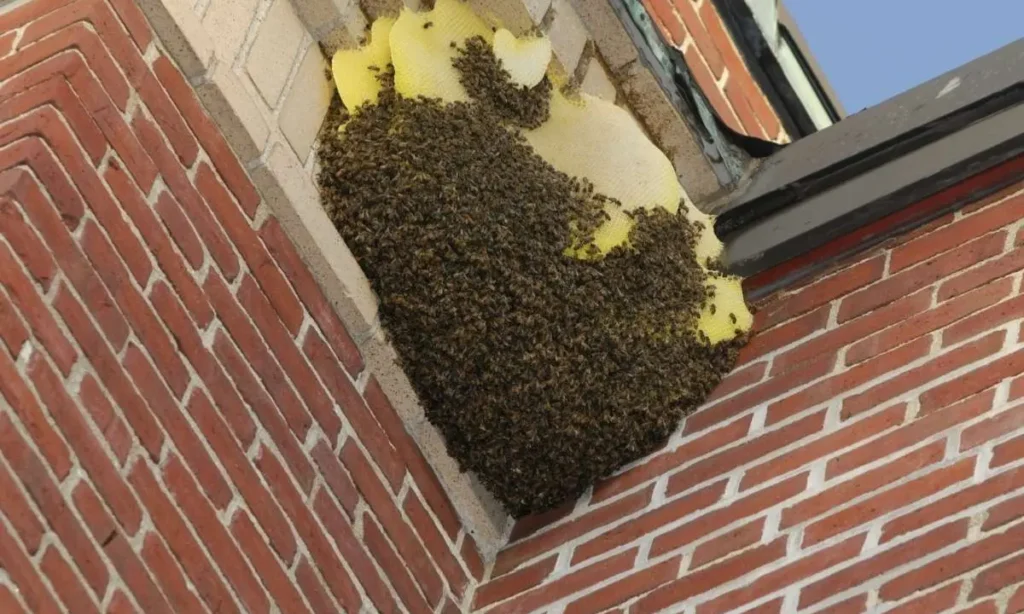
The majority of the bee removal guides that you can find online will focus on the obvious: suit up, use a smoker, and remove the hive. But they frequently offer no explanation of why species identification is crucial, nor why homeowners might react emotionally in panic when they first spot an infestation of the insects.
Here’s the kicker — the emotional trauma of bee removal is rarely considered. When a homeowner sees bees, it’s likely to incite panic, especially if he or she doesn’t know how to deal with them.
Tip: Bee removal needs to be handled calmly and a pro can be called in if necessary. You are probably quite safe but bees or even multiple bees can cause a lot of anxiety, and your peace of mind is just as important as the welfare of the bees.
Real-World Application: How a Homeowner Managed a Bee Hive in the Attic
Here’s another real-life example: One afternoon in Kansas, a homeowner named Sarah saw bees buzzing around her attic. She determined they were honey bees, and used a smoker to sedate them as she carefully placed the hive inside a container. But she was concerned about disturbing the colony.
She phoned a local beekeeper who moved the bees to a new hive. Then Sarah sealed each of the holes, ensuring the bees wouldn’t be back.
The 2025 Landscape of Bee Infestations: What You Need to Know
Data Snapshot:
Were you aware that in nearly 72% of cases where homeowners have tried to eradicate the bees on their own, they have all failed woefully in believing to have been successful in the task? Some lack safety-mindedness when it comes to this smaller member of the bee family, and people and bees suffer consequences when we forget to respect it (or they forget to respect us).
Hidden Trend:
And with this urban bee invasion are coming reports of bee infestations in urban homes: in vents and attics and hard-to-get-to places. While bees have always needed shelter that’s warm and protected, attics and chimneys are increasingly the perfect place for them to bed down.
Final Take: Remove Bees Responsibly, Not Reactively
Getting bees out of your house d doesn’t have to be a traumatic or risky endeavor. By determining what the bees are and removing them responsibly, you can effectively control the problem without harming your home … or the bees.
Because, just a reminder: When you’re in doubt, please consult a professional, don’t leave things to chance! Bee removal is not simply a matter of pest control but rather an exercise in the protection of these crucial animals while also protecting your home
FAQs — Google Snippet-Ready
A: Get in touch with a local beekeeper after you have smoked on them to calm them down and remove them.
A: The usual cost for professional bee removal is between $100 and $500, depending on how difficult the bees are to deal with and where in the country you live. A lot of beekeepers might even do it for free, especially if they get to keep the hive.
